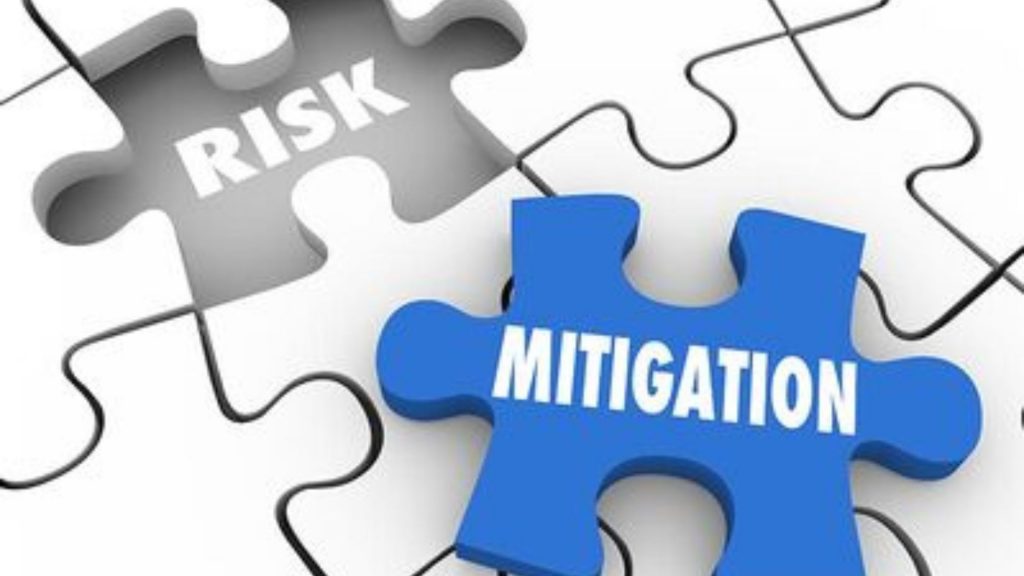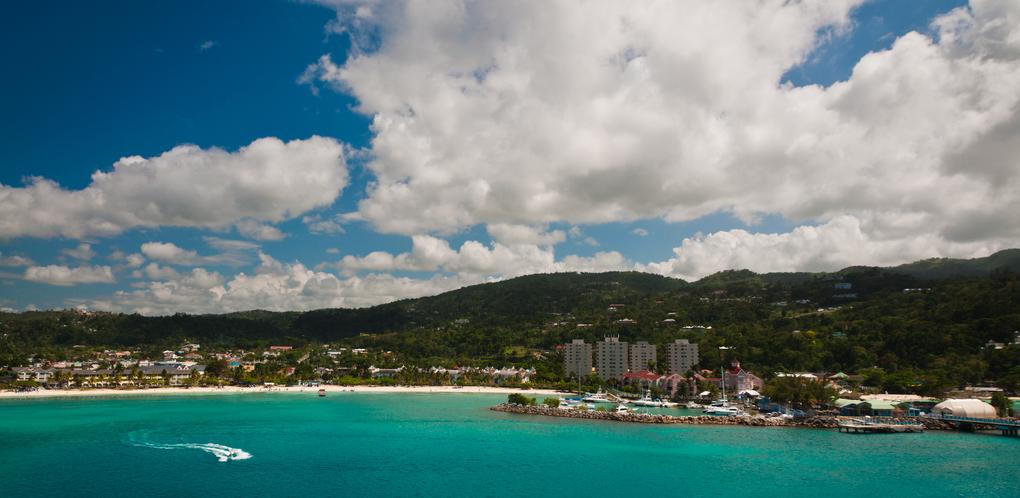Week 16: Final Blog Post
Hello everyone! Welcome to my final blog post :) This week, I will discuss the most dangerous natural hazards Jamaica experiences, what I recommend to address these hazards, where I would direct my help first, and where I would construct my home if I lived in Jamaica.
Of all the natural hazards we have learned about this semester, there are two that are the most threatening in Jamaica: floods and droughts.
According to the Jamaica Information Service, of all of the natural hazards, "...A flood is the most common in causing loss of life, human suffering inconvenience, widespread damage to buildings, structures, crop, infrastructure, and other national assets." Furthermore, they identify six main factors that contribute to flooding in Jamaica, which are: heavy rainfall from tropical weather disturbances, deforestation, improper agricultural practices, inadequate design of drainage channels disturbances, inadequate maintenance of drainage facilities (blockage by debris brought by floodwaters), and the construction of settlements in flood plains. Floods set back Jamaica's security and development by damaging or destroying buildings, road, and other structures, cause deaths by drowning, result in an insufficient food supply which may then lead to famine, and destroy crops and livestock. Therefore, I chose to address floods as a priority because not only do they produce mass devastation, but they can occur for a variety of reasons, making them a hazard that Jamaicans should be aware of.
As for droughts, the Office of Disaster Preparedness and Emergency Management has stated that Jamaica is especially vulnerable to droughts because they are a developing country that relies on agriculture, heavily depends upon having more than one rainy season, has an increasing population due to urbanization, and limited or poor national water storage systems. Furthermore, droughts can be caused for an array of reasons, such as: changing weather patterns manifested through the excessive build up of heat on Earth's surface, meteorological changes that result in a reduction of rainfall, reduced cloud cover that results in greater evaporation rates, inadequate planning, over-grazing and poor cropping methods that result in reduced water-retention capacity of the soil, improper soil conservation techniques that lead to soil degradation, and densely populated lands. These droughts then lead to many different economic, social, and environmental impacts, such as the lowering of the water table, erosion, rapid depletion of soil water, loss of biodiversity, desertification, disruption to the normal workings of society in terms of quality of life, and even starvation. Ultimately, I chose to address droughts as a priority because they cause mass devastation in Jamaica, are currently happening, and are projected to intensify as climate change persists.

In order to address and mitigate both of these natural hazards, there are multiple approaches I would take. Initially, in regards to floods, I would recommend that all Jamaicans take a course on flood precautions so that they know how to best prepare themselves in the event of a flood. Once I knew that citizens learned all of the necessary safety measures, I would recommend that every household in Jamaica is sent a survival kit with all of the essentials during a flood. For example, a battery-operated radio with extra batteries, flashlights, water, and non-perishable food items. Lastly, I would recommend that Jamaican officials construct a nation-wide alert system that has a siren to warn Jamaicans that a flood is coming, so that they can have as much time as possible to evacuate if necessary. On the other hand, there are also a few recommendations I would make to address droughts. First, I would recommend that water conservation measures become mandatory across Jamaica, to ensure that it is not wasted and can be accessed in the event of a drought. For example, I would suggest that all Jamaicans take measures such as cutting down their shower times, using extra water from dishes and laundry to water laws, plants, and gardens, and not allowing their children to play with pipes, hoses, or sprinklers. Also, I would recommend that funds be raised in order to construct water-efficient irrigation systems for both urban and rural farmers, so that no water is wasted in the agricultural industry.

Now that I have determined how I would mitigate these hazards, there are certain areas that I would target my assistance because of their high susceptibility. In Jamaica, the areas that are most likely to be worst affected by floods are low-lying coastal areas, areas near gully banks, flood plains or major rivers, lower sections of closed limestone valleys, and areas vulnerable to landslides. For example, cities such as Montego Pay and Port Royal would get my help first because they are low-lying coastal areas. When addressing and mitigating droughts, I would first give help to the southern plains of Jamaica, such as the parishes of St. Elizabeth, Clarendon, and St. Catherine. This is due to the fact that these areas critical to Jamaica's food security because they are primary agricultural areas, which makes them vital to protect against the threats of droughts.
According to Aksik, even though sometimes specific countries and communities are not affected by the hazards that generally affect their region, this is not the case in Jamaica. Moreover, they go on to write that the general climate change hazards affecting small islands and the Caribbean are also affecting Jamaica and its communities. Therefore, there are not any areas of the island that are not affected by the various natural hazards to some degree, so choosing an area where I would construct my house is difficult. Regardless, in order to attempt to avoid floods and droughts, I would choose to build my house in the capital city of Kingston, Jamaica. Due to the fact that it is protected by mountains, Kingston receives less rain than the rest of the island, which is the leading cause of flooding. Also, Kingston is not currently experiencing a drought, so I would be able to avoid floods and droughts to an extent if I were to construct my house there.

Thank you for reading!
References:
https://jis.gov.jm/hurricanes-in-jamaica/floods/
https://www.odpem.org.jm/droughts/
https://online.ucpress.edu/cse/article/7/1/1233811/197495/Building-Resilience-in-Jamaica-s-Farming#:~:text=Jamaica%20is%20expected%20to%20experience,Elizabeth%2C%20Clarendon%2C%20and%20St.
http://www.aksik.org/node/3568

Comments
Post a Comment